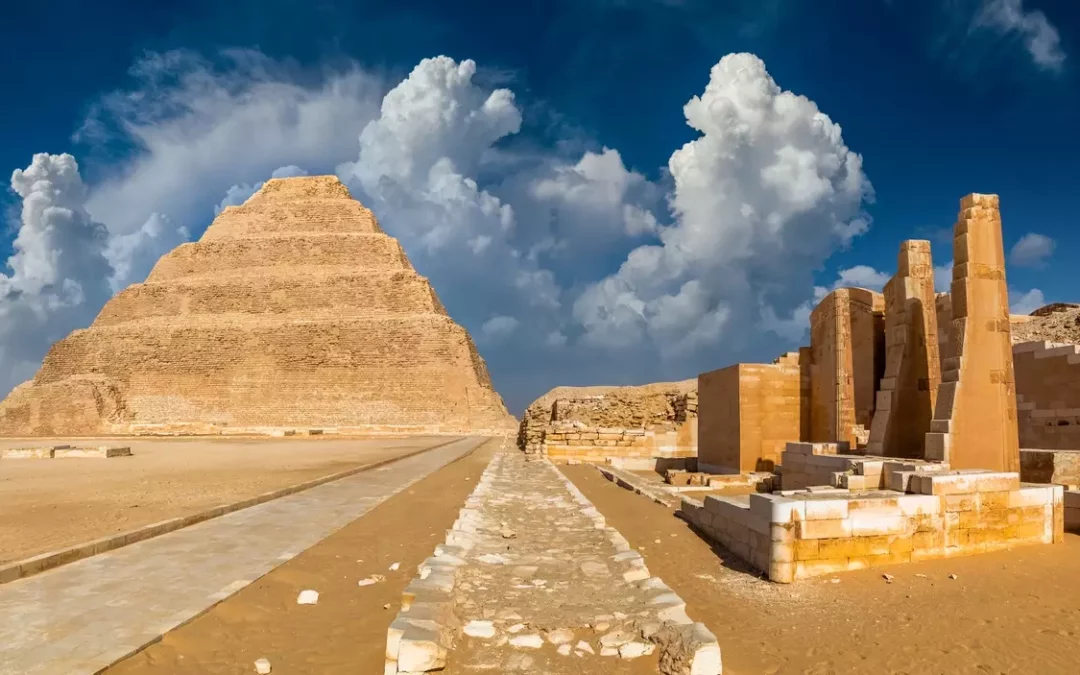Experts believe the Egyptians could have received assistance in building the pyramids from an unexpected source.
A new study on how the pyramids were erected thousands of years ago has yielded some interesting results.
The ancient structures are among the most mysterious and fascinating bits of history in the world.
They were created to store the mortal remains of Egypt’s ancient pharaohs, and the oldest pyramid is 4,700 years old.
A lot of effort has gone into understanding how the pyramids were built, and a new study has gone one step further in providing answers.
READ MORE: Travis Scott Is Banned From Performing At Egypt’s Pyramids
The study, published in Plos One, indicates that Djoser’s Step Pryamid, which is approximately 4,500 years old, may have been created with a simple tool.

The pyramid was built outside of Djoser’s capital city, Memphis, and has six stone tiers. Meanwhile, behind the pyramid, there was a massive underground building with over 400 rooms.
Scientists now believe the pyramid could have been built using a water-powered hydraulic lift device.
While it was originally considered that the pyramids were built with ramps and levers, it is now believed that Egyptians used adjacent water sources to assist with the construction.
READ MORE: Kevin Hart’s First Comedy Show In Egypt Canceled Due To His “Afrocentric” Views
“Ancient Egyptians are famous for their pioneering and mastery of hydraulics through canals for irrigation purposes and barges to transport huge stones,” the study’s authors noted.

“This work opens a new line of research: the use of hydraulic force to erect the massive structures built by Pharaohs.”
According to the study, Egyptians may have used water to transport stone to the top of the pyramid to create the upper floors.
Scientists discovered evidence that a water filtering and hydraulic system may have been utilized at the Step Pyramid, which is believed to have been built downstream of a watershed.
“The ‘Dry Moat’ surrounding the Djoser complex is likely to have been filled with water from the Upper Abusir Lake, making it suitable for navigation and material transportation,” according to their report.

“We discovered a probable explanation for how the pyramids were built using hydraulic force. The interior architecture of the Step Pyramid is consistent with a hydraulic elevation system that has never been recorded previously.
“The current writers propose that the ancient architects may have lifted the stones from within the pyramid in a volcano-like method.
“The granite stone boxes at the bottom of the north and south shafts above the Step Pyramid, previously considered as two Djoser’s graves, have the technical signature of an inlet/outlet system for water flow.”
Radiant TV, offering to elevate your entertainment game! Movies, TV series, exclusive interviews, music, and more—download now on various devices, including iPhones, Androids, smart TVs, Apple TV, Fire Stick, and more.


